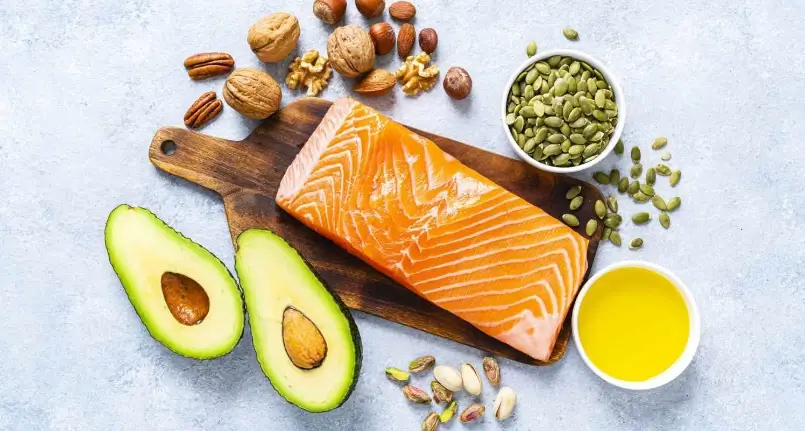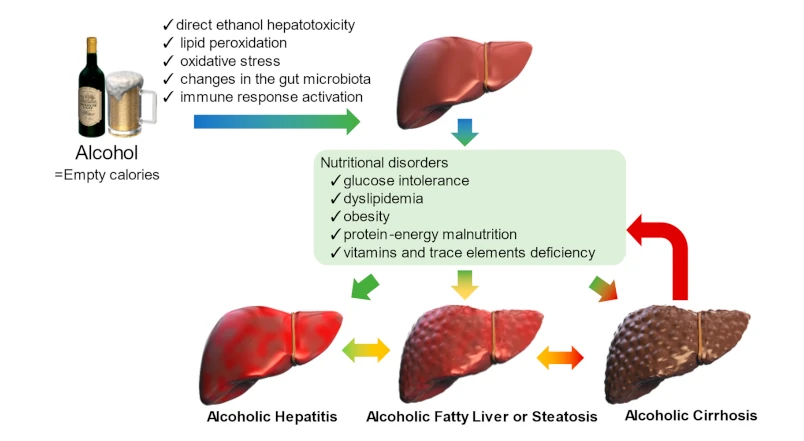Did you know that…
We must also not forget that the biosynthesis of cholesterol is modulated by its concentration in the cell , stimulated in turn by insulin and inversely proportional to the quantity taken in with the diet. High intracellular levels of cholesterol inhibit the HMG-CoA reductase enzyme, blocking its synthesis and controlling the cholesterol content of the body (about 150 g).
Cholesterol Fighting Foods
5 Best Cholesterol Fighting Foods
Cholesterol – lowering foods fall into 5 groups ; they are:
- Rich in dietary fiber
- Rich in polyunsaturated fatty acids (PUFA) essential (AGE) omega 3
- Rich in PUFA-AGE omega 6
- Rich in omega 9 PUFAs
- Addition of plant sterols and/or stanols.
Group of foods with dietary fiber
The fiber allows to reduce the absorption of dietary cholesterol and also the reabsorption of bile acids poured from the gallbladder (in turn rich in endogenous cholesterol ); ultimately, by simply increasing the amount of dietary fiber it is possible to reduce total cholesterolemia. Nonetheless, the fermentation of intestinal fibers determines the release and absorption of propionic acid , which acts on the hepatic endogenous production of cholesterol by decreasing it.
Foods with dietary fiber are plant foods, therefore: vegetables , fruit, cereals (especially whole grains ), legumes and mushrooms; the fibrous component that has a major impact on cholesterolemia is the “soluble” one and the daily amount of dietary fiber introduced with the diet should amount to about 30 g (soluble + insoluble).
A food particularly indicated in the control of cholesterol is oat bran ; if consumed every day, being rich in both soluble fiber (15.4 g per 100 g of product) and polyunsaturated fatty acids (2.8 g per 100 g of product), it effectively intervenes in the reduction of LDL cholesterol. The daily portion (possibly replaceable with wholemeal oats ) is about 40 g, best if eaten at breakfast and accompanied by a cup of soy milk .
Group of foods with omega 3
Foods rich in omega 3 improve the metabolism of all lipids transported in the blood, from cholesterol (although the specific effects have been confirmed and denied several times in the many studies in this regard) to triglycerides ; moreover, they contribute to reducing cardiovascular risk also thanks to their anti- thrombotic , anti-inflammatory and hypotensive function. The omega 3 family includes:
- Alpha linolenic acid (ALA) or 18:3-omega 3, mainly contained in foods of vegetable origin (soy , flax , walnut , kiwi , etc.)
- Eicosapentaenoic acid (EPA) 20:5-omega 3, mainly contained in foods of animal origin (oils and meat of blue fish and those belonging to cold seas)
- Docosahexanoic acid (DHA) 22:6-omega 3 (again, oils and meats from blue fish and those belonging to cold seas).
Group of foods with omega 6
Foods rich in omega 6 also improve the metabolism of endogenous cholesterol ; omega 6 fatty acids have the ability to reduce total cholesterol but without discrimination between LDL and HDL. The omega 6 family includes:
- Gamma-linolenic acid (GLA) or 18:3- omega 6
- Diomo-gamma- linoleic acid (DGLA) or 20:3- omega 6
- Arachidonic acid (AA) or 20:4- omega 6.
All essential omega 6 polyunsaturated fatty acids are mainly contained in seeds and dried fruit ( walnuts , almonds , hazelnuts , sunflower seeds , peanuts , pistachios , pumpkin seeds , etc.), in seed oils , in dried fruit oils and in legumes. The desirable amount of dried fruit in the diet would be a few tens of grams (max 40), however, since these are foods with a high caloric and lipid density, it is still advisable to balance the diet by eliminating other foods rich in fat ( perhaps saturated) such as more seasoned cheeses , sausages , etc., and paying greater attention to the dosage of the dressing oil.
Group of foods with omega 9
Foods rich in omega 9 selectively intervene on cholesterolemia by reducing only LDL and triglycerides ( VLDL ), maintaining intact or even increasing the portion of circulating HDL; omega 9 fatty acids ( non- essential PUFA) are mainly contained in olives and virgin olive oil . From a practical point of view, it is recommended not to exceed 2-3 tablespoons of virgin olive oil a day to avoid the risk of excess calories and the percentage of lipids in the diet.
Group of foods enriched with plant sterols and/or stanols
Foods rich in plant sterols and stanols are fortified foods , therefore dietetic. Sterols and stanols (such as the phospholipid lecithin ) bind cholesterol (preferably in the presence of dietary fiber) and hinder its intestinal absorption; 2 milligrams (mg) per day of sterols and/or stanols (contained in about 2 supplemented dietary yoghurts or two glasses of orange juice of the same category) can reduce LDL cholesterol up to 10% of the total while maintaining the HDL fraction intact .




